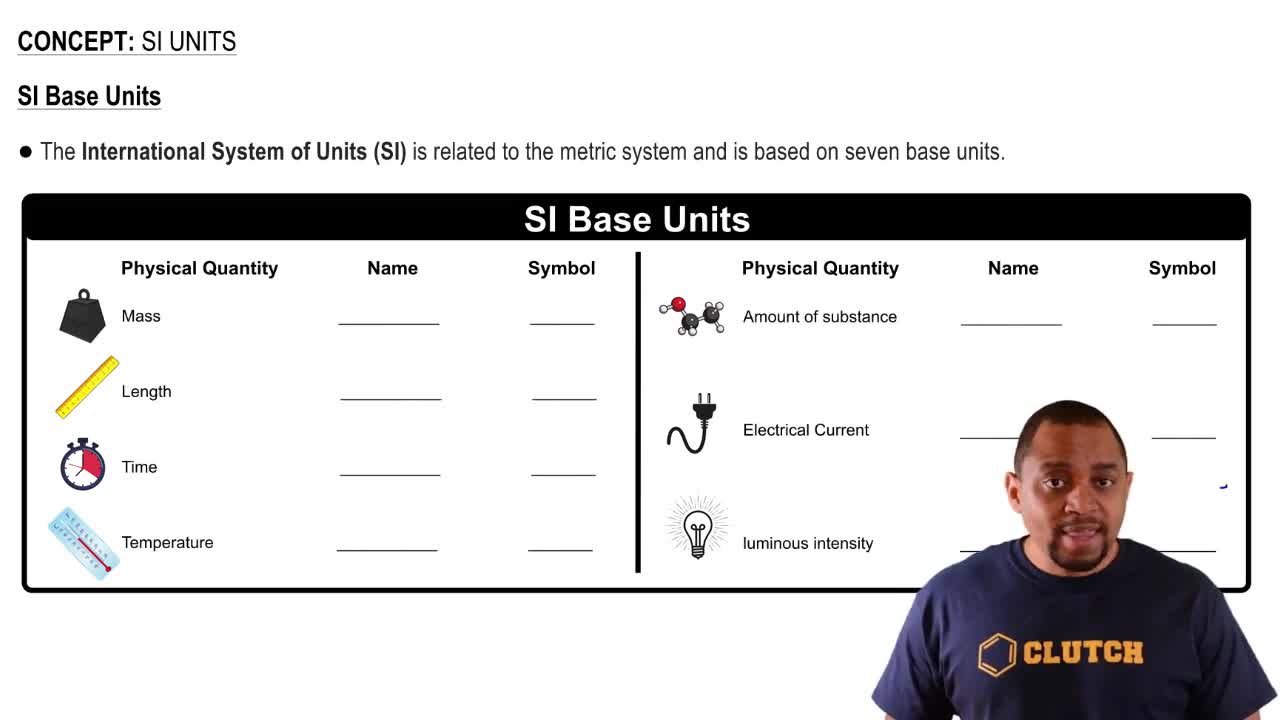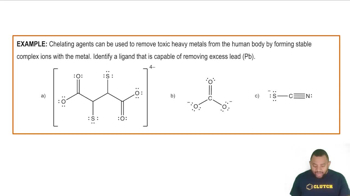Here are the essential concepts you must grasp in order to answer the question correctly.
Concentration Units
Concentration can be expressed in various units, including milligrams per deciliter (mg/dL) and parts per billion (ppb). Understanding how to convert between these units is essential for interpreting chemical concentrations in biological contexts. Specifically, 1 mg/dL is equivalent to 10,000 ppb, as there are 1,000 milliliters in a liter and 1 billion micrograms in a gram.
Recommended video:
Density of Blood
The density of blood is approximately 1 g/mL, similar to that of water. This property is important when converting concentrations, as it allows for the assumption that 1 dL (deciliter) of blood weighs about 100 grams. This simplification aids in calculating the mass of lead in a given volume of blood, facilitating conversions to other concentration units.
Recommended video:
Lead Toxicity
Lead is a heavy metal that can be toxic to humans, affecting various bodily systems, particularly the nervous system. Understanding the implications of lead concentration in blood is crucial for assessing health risks. The threshold of 10 mg/dL indicates a level at which medical intervention may be necessary, highlighting the importance of monitoring and managing exposure to lead.
Recommended video:
Classification of Ligands Example




